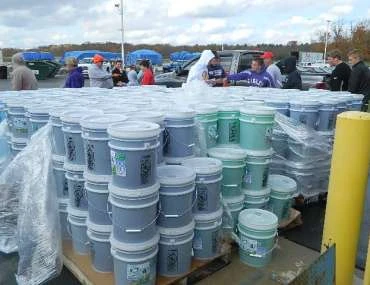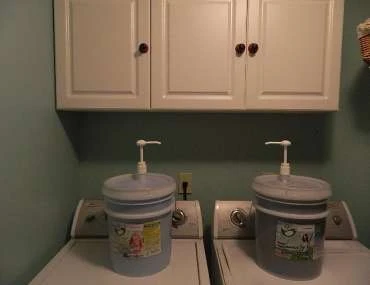
When we think of positive reinforcement, we think of children – or maybe puppies. When they do something good, reinforce it with compliments or praise, and they’ll want to continue doing the right thing. The truth is, however, that positive reinforcement works on each and every one of us, even if we don’t realize that it is. When you put forth an extra effort at work, and your boss commends you, you feel justified in having done so – and are more likely to go the extra mile in the future. These same principles work in nearly every aspect of our lives, and especially in fundraising.
The truth is that people enjoy giving. They like feeling good about helping a cause they believe in, whether it’s feeding the homeless, providing clean water to overseas communities or funding the local community theater. They enjoy feeling like they are a part of something bigger than they are. The mistake that many non-profits make is asking for the donation, explaining what they do – and then, essentially, disappearing until they want more money. Of course, that is not the non-profits intent, but it is how it might seem to a donor. They probably have questions, even if they are subconscious in nature, such as “What did you do with my first donation? How legitimate is your organization? How do I know, if I keep giving, that my hard earned money is going where you say it is?”
These insecurities and uncertainties are your biggest impediment to a larger fundraising stream and loyal donors, and guess what? They are something that is entirely, absolutely preventable. However, before you can put together a positive reinforcement campaign, you have to put yourself in the place of your donors. What do they need? They need to know more about your organization, even after the initial pitch. They need to know exactly what you’re doing, how many people you’ve helped, what you’ve accomplished. That feeling that they are a part of something bigger? It needs to be reinforced, by you, on a regular basis.
This can be done via a newsletter, preferably on a monthly basis. These newsletters can include a recap of your organization and what you do, pictures from events and projects, a special thank you note to donors, updates and more. Everything you include, and the newsletter itself, will make your donors feel like a part of your philanthropic efforts. And, when they feel like a part of something that is creating change, they will want to continue that feeling.
When you have been providing regular updates for your donors between fundraising campaigns, you have a great foundation and talking point for your next interaction with them. They will be more likely to respond to you as someone they know – instead of someone interrupting their day. You can discuss what’s been in the newsletters, and then discuss what you’re doing right now that could use their help. This positive reinforcement is an effective and common sense way to support your program and encourage growth.



